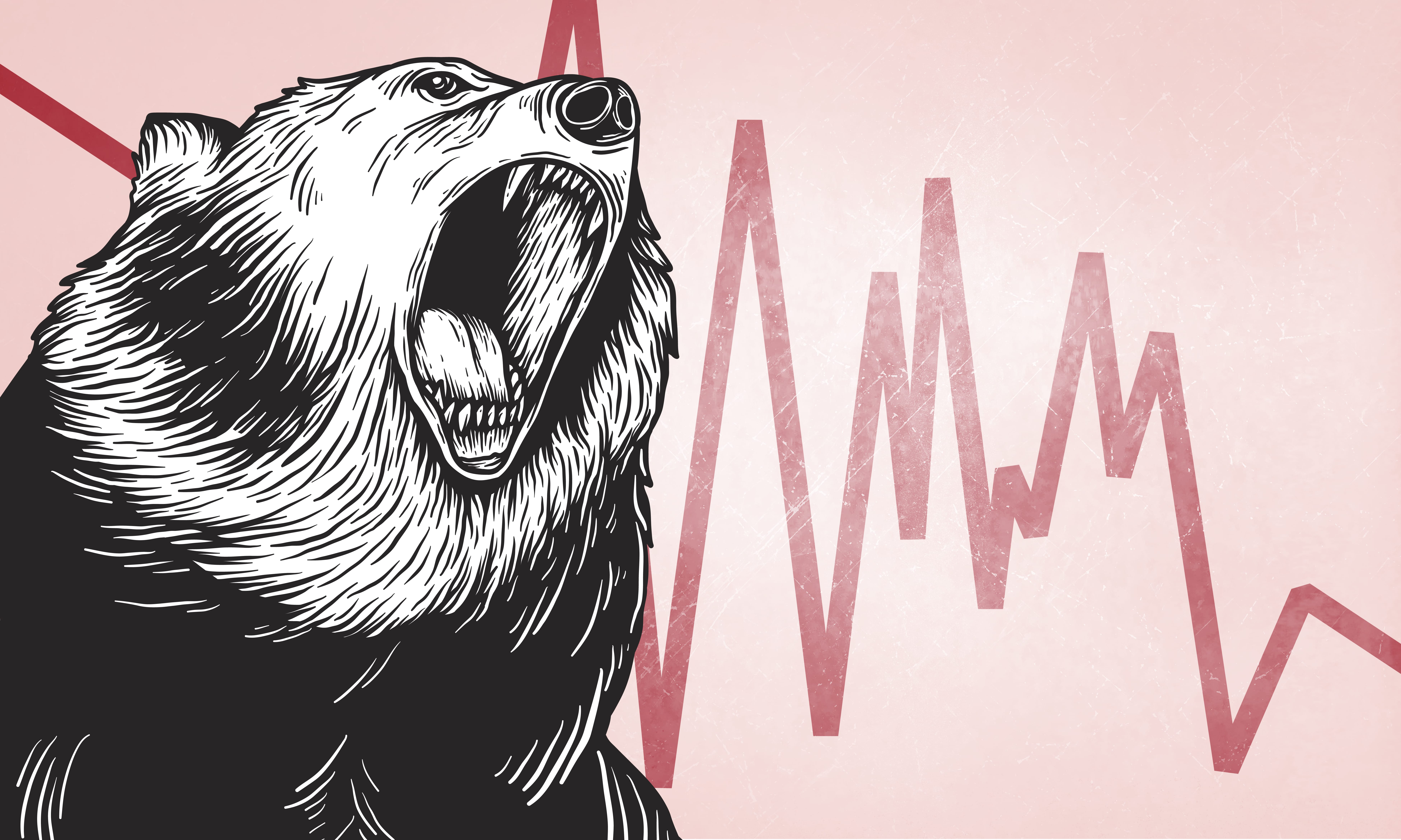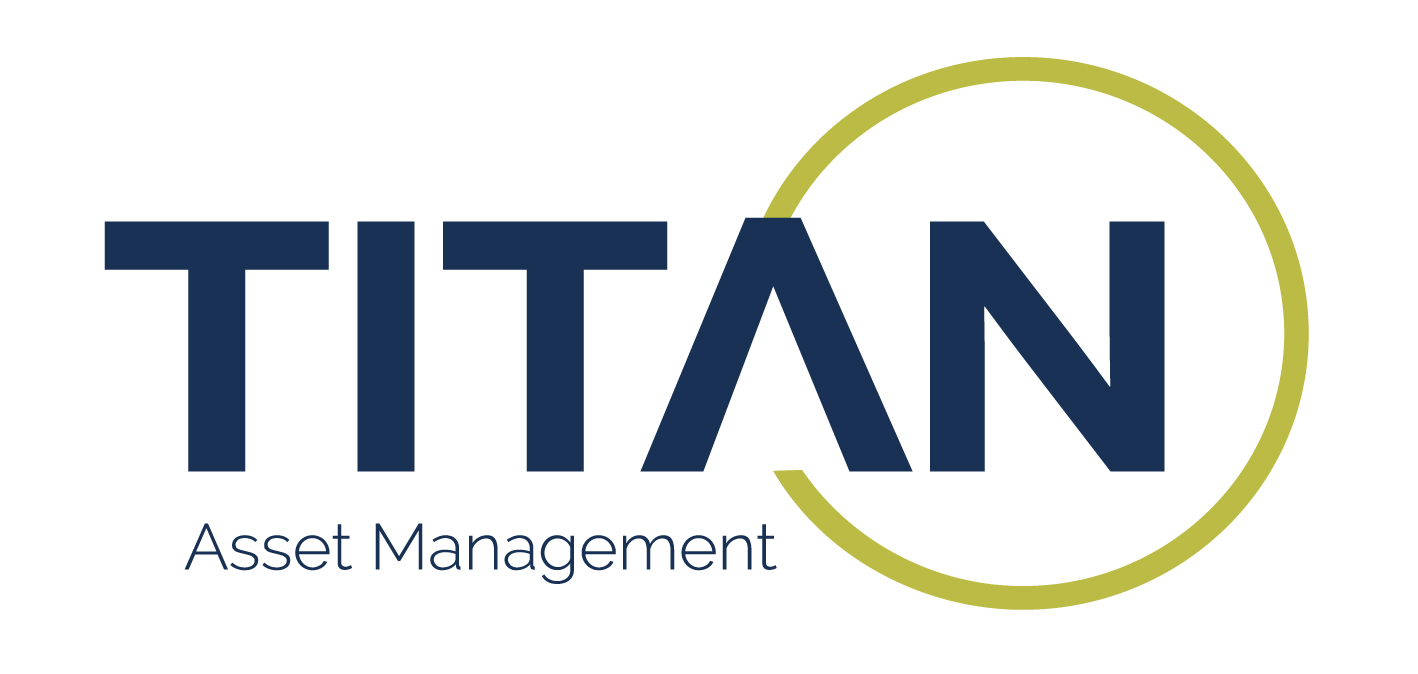Structurally higher inflation has forced the Federal Reserve’s hand in increasing interest rates to their highest levels since 2007, however, with a banking sector in turmoil, rising systemic risks threaten to darken the outlook over the next few years.
Earlier this week, the Fed raised interest rates by 25 basis points (bps) to a range of 5-5.25%, the central bank’s tenth hike in a row.
However, the Federal Open Market Committee (FOMC) removed language from its statement that it “anticipates” more rate hikes will be required to tackle inflation.
While this does not take any further rate increases entirely off the table, Fed chair Jerome Powell said the central bank is “closer” to reaching its 2% target.
“There is a sense that we are much closer to the end of this than to the beginning,” Fed chair Jerome Powell stressed. “In light of these uncertain headwinds, along with monetary policy restraint we put in place, our future policy actions will depend on how events unfold.”
However, despite continuing to shun the idea of rate cuts this year, markets are pricing in a 99% chance the Fed will be forced to decrease current rate levels in response to the looming recession and ongoing banking crisis.
“Powell signalled that the Fed’s hiking action is done for now,” Kambiz Kazemi, CIO at Validus Risk Management, said. “However, he also emphasised that its view is that inflation will be readjusting slowly and as such, the divergence between what the market prices – cuts coming soon – and Fed’s message is well and alive.”
While the Fed is solely focused on the fight against inflation, it cannot ignore the significant cracks that have already appeared in the financial system.
First Republic is the latest regional bank in the US to be bailed out – this time by JP Morgan – while PacWest BanCorp plummeted 57% on Wednesday after announcing it is weighing “strategic options”.
“I am not sure which banking sector Powell is looking at,” Eddie Donmez, global markets analyst at Finimize, who is speaking at ETF Ecosystem Unwrapped 2023, said in response to the FOMC’s statement that the banking sector is “sound and resilient”.
The biggest risk now is if the Fed is unable to quell persistently high inflation in the face of a collapse of the financial system.
In this environment, BlackRock warned long-duration government bonds will not play the protection role of previous market downturns due to structurally higher inflation.
“Policy rates used to fall quickly as an economic downturn struck, pushing yields lower – but we think sticky inflation makes that unlikely,” BlackRock stressed.
“Recession is foretold as central banks try to bring inflation back down to policy targets. However, rate cuts are not on the way to help support risk assets.”
As I previously said, inflation-linked bond ETFs – currently an unloved part of the market – are an attractive option while remaining towards the short-end of the yield curve will be vital.
Harry Markowitz’s famous adage “diversification is the only free lunch in investing” rings true now more than ever.
Investors must throw out the asset allocation playbook of the previous decade and be far more selective in the looming low-return environment.
As John Leiper, CIO at Titan Asset Management, warned: “This is the beginning, not the end of this period of financial stress.”




